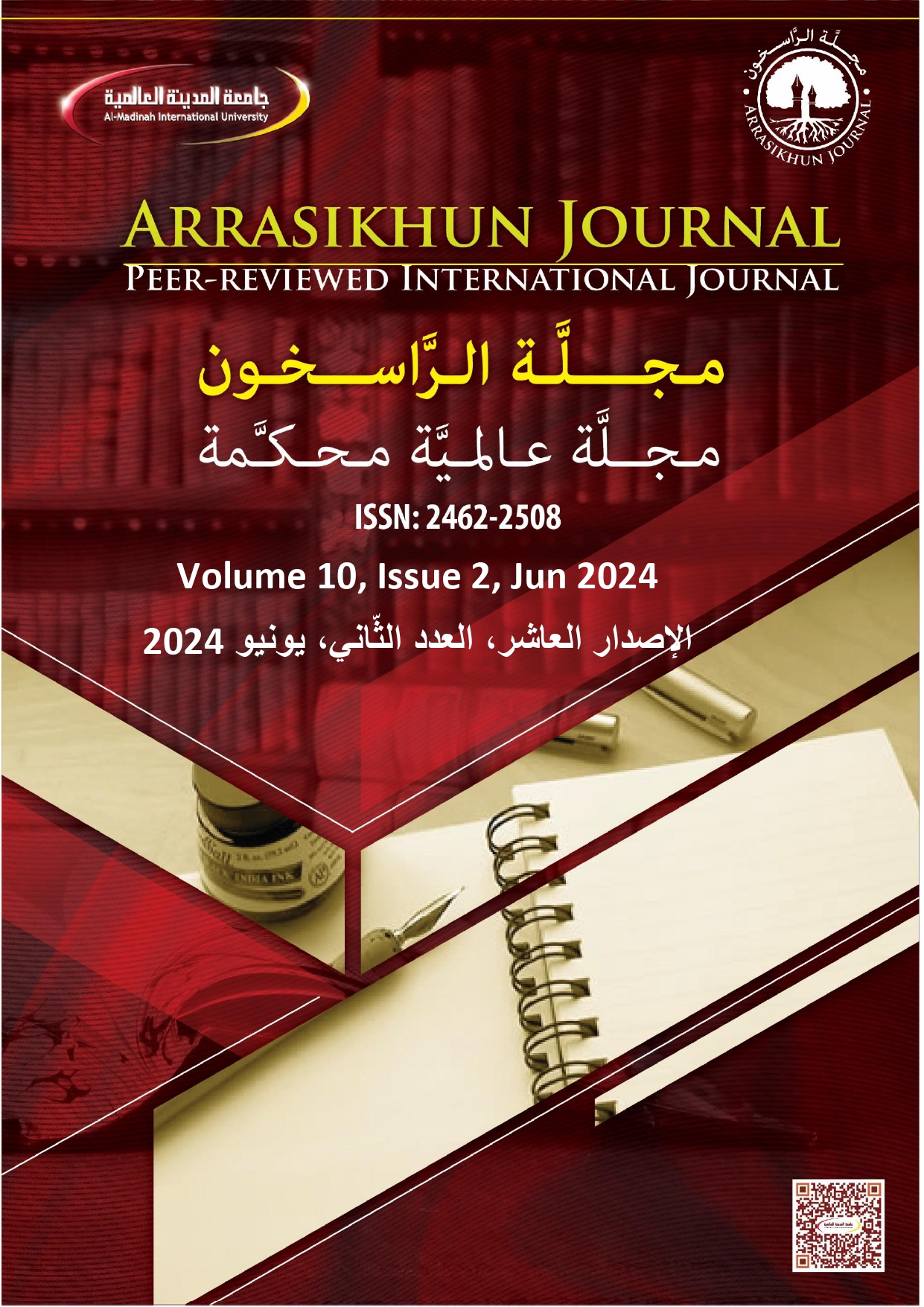The Historical Sequence of Writing in Tafsir: Its Importance and Effects
Main Article Content
Abstract
Abstract
The researcher studied the historical sequence of writing in Tafsir from two perspectives, making them two main topics. Firstly, this is about the importance of care-giving to the historical sequence of writing in Tafsir. The researcher highlighted three main aspects, each containing various subtopics. He discussed its importance through understanding the essence of the science of Tafsir, the scientific methodology in his study, its role in exploring the movement of Tafsir and the methods of authorship in it, and the relationship of Tafsir to other sciences and its impact. Secondly, it aims to reveal the effects of paying attention to the historical sequence of writing in Tafsir. It is centered around three comprehensive matters: identifying the sources and references of the Mufassirin (exegetes), recognizing the areas of deficiency or error in some writings of Tafsir and its principles, and concluding with its impact on addressing these deficiencies and refining the work. The researcher concluded that the misconceptions about the science of Tafsir, its definition, the qualifications of a Mufassir (exegete), and the errors in its reception and teaching are a result of neglecting the history of Tafsir and delving into its depths. Understanding the methods of the Mufassirin in their Tafsir, knowing their sources and references, and making accurate judgments on its issues while resolving ambiguities are achievable through exploring its history and tracing its developments.
Keywords: sequence, classification, history.

